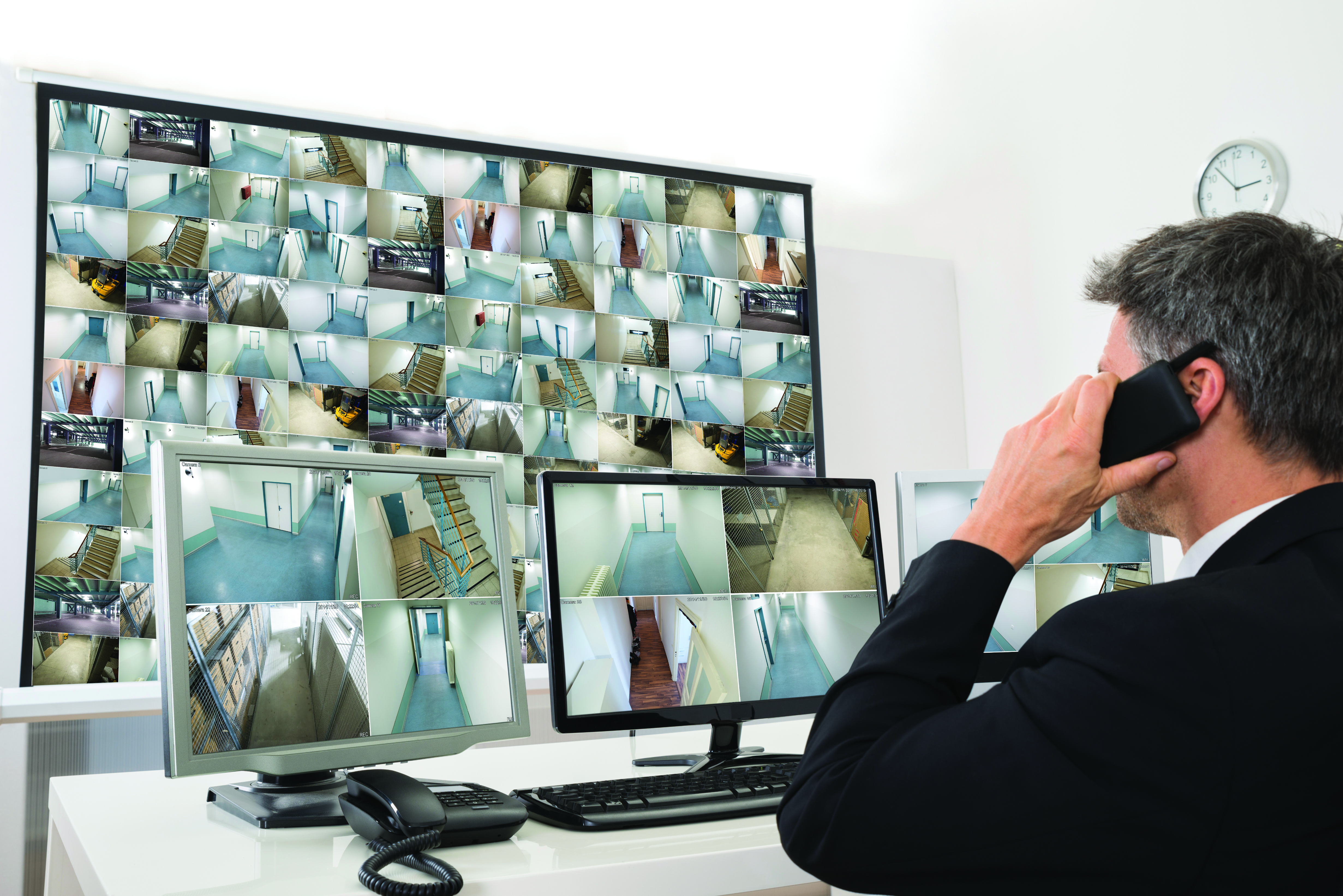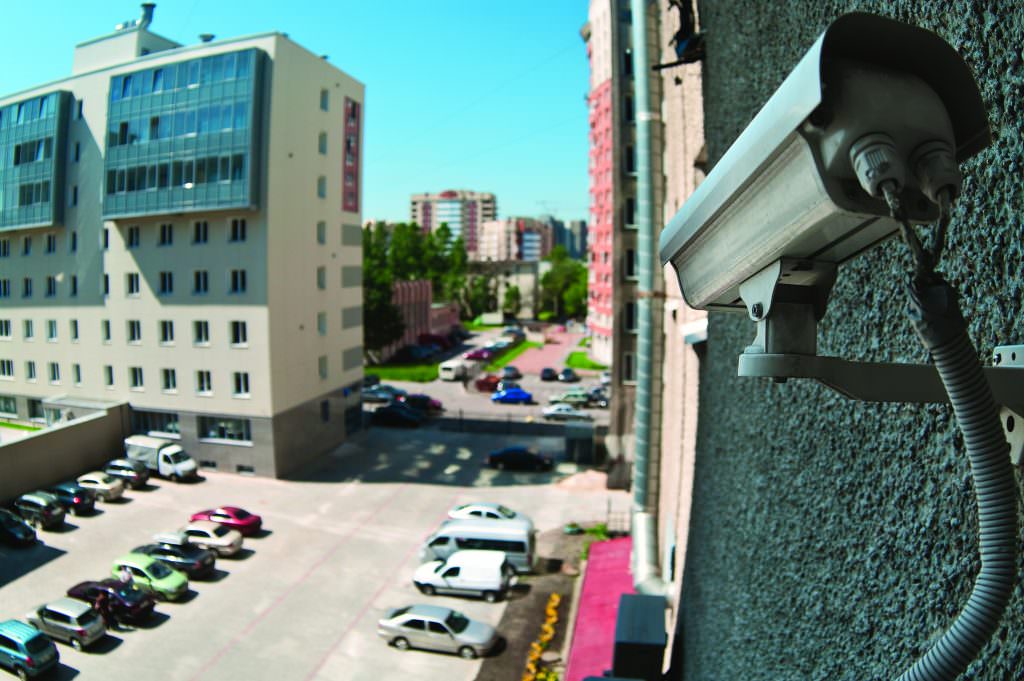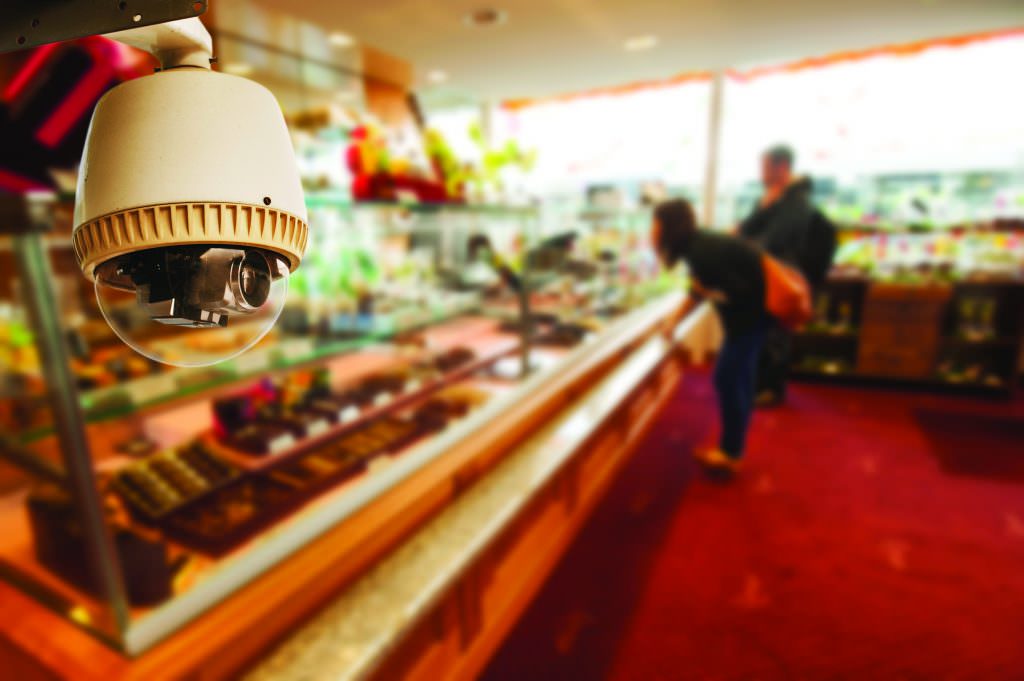Big Video Data

Video management systems offer a powerful platform for security and business intelligence

Jeff Karnes, 3VR
From a single store location to multinational enterprises, IP surveillance systems have become extremely prevalent. While the majority of these systems were originally installed to improve security, there has been a recent push by many organizations to leverage the video from surveillance systems for other business purposes.
The C-suite has seen the enormous potential in doing more with all of the unstructured data being collected every day by their security systems, and IP video is now part of the “big data” trend.
This corporate hunger for business intelligence means that the traditional DVR, which simply records and stores video, is becoming obsolete. Today’s IP surveillance systems are increasingly being tasked with delivering more than improved security, and, therefore, they need to be able to analyze large numbers of videos and provide actionable intelligence that can help businesses improve their bottom line.
Deploying an enterprise-wide video management system (VMS) empowers organizations to leverage a single platform for recording, streaming, viewing and analyzing live video from any number of surveillance cameras for both security and business intelligence applications.
From a security perspective, a VMS solution that offers powerful search capabilities can help organizations find relevant information and evidence in just minutes, instead of hours, days or weeks, dramatically enhancing the ability of investigation teams to prevent or prosecute crimes. Enterprise-wide VMS solutions can also help build stronger cases for law enforcement by organizing video and documents into a centralized online case folder that can be accessed by assigned employees and law enforcement officials, significantly accelerating the investigation process. Enterprise VMS can also include centralized management features that offer the ability to manage and search videos across hundreds of locations, configure cameras remotely and receive alerts when any equipment is down.
From a business perspective, this same VMS solution can extract powerful, actionable intelligence and insights. This helps companies better understand customers and tailor business practices toward their behaviors in order to better meet their needs.
Video analytics may still seem like a “nice to have,” but adding analytics to a security system can help turn millions of hours of raw video footage from locations such as bank branches and retail outlets into structured, searchable data. Through the use of analytics, businesses can develop meaningful insights for decision-makers in marketing, operations and customer service.
Video Analytics for Security and Business Intelligence
In general, video analytics are algorithms that take raw video feeds from surveillance cameras and turn them into structured data that is tagged with metadata. This now-structured data is stored in a database that can be easily searched in seconds by an event, person, camera, location, time, color and keyword. Depending on security and business objectives, any number of video analytics can be used.

Facial Recognition
Facial recognition is a powerful video analytics solution for security personnel. Retail banking institutions are using this analytic to identify and track suspects and develop trends on potentially fraudulent activity across branch locations. For example, when integrated with teller transaction systems, banks can use facial recognition analytics to search for an individual associated with a fraudulent check transaction. An enterprise-wide integrated platform enables subsequent searches for similar faces across other locations, so investigators can catch criminals who travel from branch to branch, quickly connecting the dots of suspicious behavior in a way that was not possible before.
For retail organizations, facial recognition can help identify shoplifters, return fraud and employee fraud, such as internal theft and “sweethearting,” by integrating visual intelligence with point-of-sale (POS) and exception-based reporting systems. Facial recognition can also reduce employee time-clock theft and help identify employees who are not following company-mandated procedures, saving hundreds of thousands of dollars annually.
Beyond security and loss prevention, facial recognition can help businesses identify key customers. This can be particularly beneficial in retail and hospitality settings, where staff can be altered when a VIP enters a store or approaches the front desk. Knowing when a key customer is present can help these businesses provide prompt and personalized attention.
License Plate Recognition
License plate recognition (LPR) analytics improve general surveillance by cataloging license plate information from parking lots, drive-up windows, ATM locations and entry gates, allowing security teams to search the data quickly and find evidence on vehicle-related activity. Using this technology, banks can identify license plates that correspond to fraudulent activity at outdoor ATMs, and schools can identify vehicles that are not permitted to be on campus.
On the business intelligence front, companies that provide valet services are using LPR to provide better customer service by tracking and analyzing customers’ wait times and helping expedite evidence for damage claims.
A Canadian auto repair chain relies on LPR to track cars that come into the service station to ensure that each vehicle has a service order assigned to it. If a car enters the service station without an order, not only is the company liable for the vehicle, but it could potentially lose money on work being completed without payment. LPR analytics enable station managers to avoid these problem areas.
Another powerful opportunity for LPR is in the parking industry. A Philadelphia-based parking management company achieved significant business efficiencies by leveraging LPR technology. Instead of requiring attendants to walk the garage nightly and manually record license plates, all plate numbers are now captured by video as cars enter the garage. If a customer loses a ticket, he or she can simply provide the vehicle’s license plate number and a customer service representative can run a search using LPR analytics to determine how long the car was in the lot. In addition, if customers forget where they parked, the same tool can identify the location of their vehicles in the garage.
For the parking garage’s security managers, LPR can provide valuable evidence of criminal activity. A repeat burglar who had been breaking into vehicles in a parking garage over a six-week period was eventually caught because garage management was able to use LPR to identify the suspect’s vehicle. The next time the criminal entered the garage, an email alert was sent to security personnel, who were then able to immediately notify police and catch the suspect in the act.
Motion Detection and Object Tracking
Motion detection and advanced object tracking allow organizations to search video based on specific criteria, such as motion, direction, speed, color and size. When combined with other analytics, such as facial recognition and LPR, this information can accelerate investigation times by narrowing the search results. For example, searching for a red car going in a certain direction with a specific license plate or partial plate number will generate far fewer video clips to review, saving investigators valuable time.
Initially, the most common use of motion detection analytics was for perimeter protection. In this case, analytics can generate an alert if there is movement across the perimeter, such as the opening of a gate, fence or doorway. If you are installing a security system to protect a business after hours, then basic motion detection may be all that is required. However, if you want to be alerted anytime someone enters a specific area, a tripwire analytic could be an alternative, since it will not interfere with the rest of the scene. Directional motion analytics can alert a security officer when a person or vehicle is going the wrong way, such as entering at an exit point.
Motion detection can also be used to create heat maps that illustrate the flow of customer traffic in retail locations. This allows merchandising teams to observe actual areas of shopper interest based on traffic density. By seeing where shoppers go most often, merchandisers can refine store layouts to maximize conversion and make it easier for shoppers to find what they are looking for. Heat maps can also identify opportunities to charge more if vendors want premier placement in high traffic areas.

Dwell Time and Loitering
One of the newer types of analytics on the market enables security managers to monitor dwell time or loitering activity.
One example is a commercial parking management company that is using dwell analytics to protect revenue and find evidence of crimes in unmanned parking lots. These facilities have parking kiosks where customers enter their parking spot number to pay. The company discovered that criminals had started impersonating attendants, telling customers the kiosk was broken and taking their cash. Security teams used the dwell analytic to generate an alert whenever someone was seen loitering near the pay station. This allowed them to catch criminals on multiple occasions, protecting the company’s revenue, as well as ensuring customer safety.
Dwell analytics can be used across a variety of industries to find evidence of loitering and secure remote or unattended areas that might be used for illegal activity. The analytics can automatically send an alert when anyone is seen loitering in these areas so that security management can examine the situation.
In retail stores, dwell time analysis can also be an extremely valuable business intelligence tool, helping managers evaluate merchandising and promotion decisions. It can measure where people are spending time within a store to determine whether certain promotions or displays are generating the desired customer traffic. This provides key insight to the marketing department, which can then make any necessary adjustments.
People Counting
People counting video analytics are increasingly in demand as retailers try to determine conversion rates. A critical component in increasing conversions is understanding baseline conversion rates. To do this, it is essential to have accurate current customer counts. There are many solutions available to count customers. Testing is essential to ensure a particular solution is generating accurate counts. People counting can also be used to measure the number of customers that enter areas around a promotion or to compare locations to measure store performance metrics. Some fitness studios are even using people counting analytics to track class attendance as a measure of instructor performance.
Measuring store traffic is also valuable for security purposes as staff can receive alerts when restaurants or clubs reach capacity limits. It can also be used to measure traffic in key areas like customer service, returns or changing rooms.
Video Analytics Beyond Security
As we have seen, video analytics offer benefits beyond just security applications. Personalizing the customer experience is a top priority across many industries. Understanding customer behavior is critical for retailers to remain competitive in today’s multi-channel retail shopping environment.
In financial services, streamlining operations is critical as the industry continues to recover from the recession. Financial institutions are focused on leveraging self-service channels, such as online and mobile banking, in order to reduce the real estate and personnel costs of physical locations. By capturing information about customer traffic patterns, video analytics can deliver data to inform staffing and other operational metrics, reduce wait times, optimize promotional information and improve the customer experience. Consider how the following video analytics can deliver operational benefits for an organization and provide a competitive edge by leveraging real-time insights about customers.
Demographics
For retailers, demographic data is extremely valuable in measuring promotional campaign effectiveness. Demographic video analytics can be used to capture the age and gender of customers entering a retail location to help determine which local promotions drive the desired store traffic. This type of data can directly inform marketing strategy with information about store traffic patterns, customer reaction to displays, coupon use, and similar day-to-day activity.
Queue Management
Queue management analytics capture line lengths based on a minimum threshold, time of day, or marketing event, providing real-time data on customer lines and cashier availability for a variety of industries dependent on customer service. This data can help managers identify choke points and traffic flow patterns, optimize staffing, increase store operational efficiency, and improve sales performance and customer satisfaction. Understanding traffic levels can also provide insights to store real estate teams evaluating sales per square foot. This information is enabling many businesses to gain a competitive edge by increasing operational efficiency while delivering the best customer experience.
The Power of Analytics
Video analytics are most powerful when used in combination with each other. Leveraging a detailed analysis of in-store activity with people counting, dwell patterns, and heat maps, and correlating that information with POS data and transaction amounts, offers managers and executives valuable insights to inform business strategy.
For organizations in financial services, retail and many other industries interested in taking advantage of the potential of big data and video, finding the right VMS platform is critical. To effectively leverage the growing quantities of video data being generated for business intelligence, companies need a VMS that includes powerful search, streaming video and video analytics. Running security and business intelligence on a single platform enables enterprises to utilize surveillance data to improve the customer experience, manage staffing levels, increase conversion rates, optimize real estate usage, analyze performance across locations and, ultimately, improve the bottom line.
Jeff Karnes (info@3vr.com) is senior vice president of marketing and operations for 3VR (www.3vr.com).
